Avoiding Pack Out Pitfalls
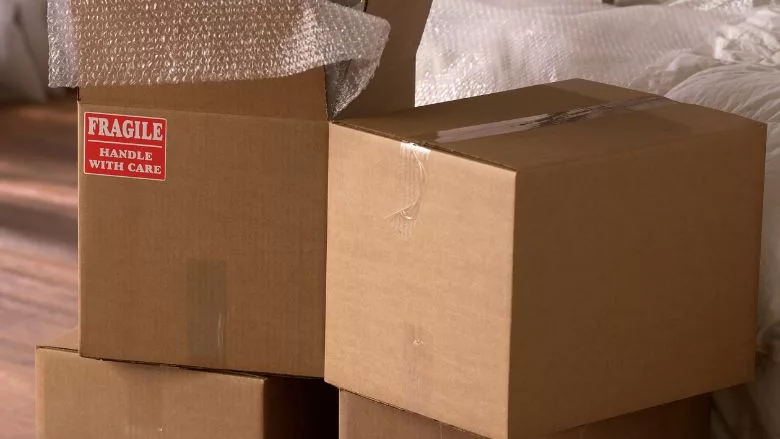
Credit: JupiterImages / liquidlibrary / Getty Images Plus
In recent years many restoration companies have begun concentrating time and resources on the contents processing portion of our industry, of which pack outs are a major factor.
There are many facets of pack outs, and they vary from job to job, based on things like insurance coverage, type of damage, insured's circumstances and preferences. That said, for the restoration company who performs contents processing and pack outs, there are challenges.
Pack outs include, but are not limited to, the logistics of documentation; estimating; project coordination; identifying total loss items; stabilization; dry-cleaning; testing; inventory; packing; transportation and more, not to mention progressive billing; drying; deodorizing; specialty processing and re-packing. And that still isn’t close to everything.
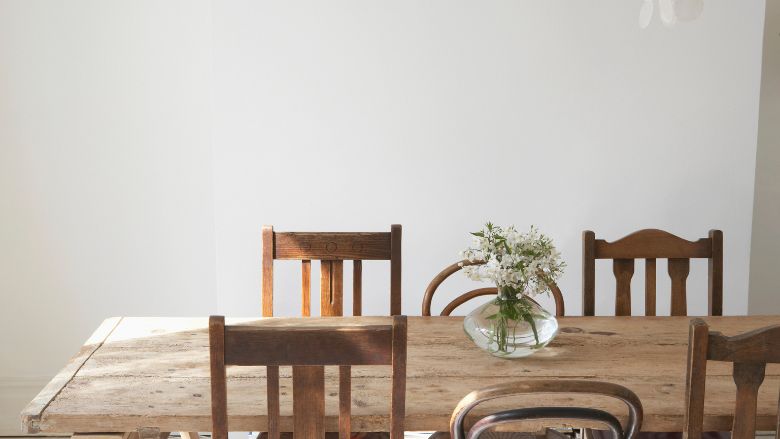
Credit: mediaphotos / iStock / Getty Images Plus
Cash In on Contents Processing
Other challenges sometimes include the pre-disposition of the adjuster – and, possibly, the unprepared restoration contractor – to do the perceived "easy thing": "Cash Out" or "Total Loss" the personal property. It may be decided that major categories of contents – such as electronics – are cashed out, and no attempt at cleaning is made. Another option is for the insured to have all their contents cashed out, and they receive a cash settlement check.
Our job, however, is to restore. When contents are properly identified, inspected and tested, restoration by cleaning can be a cost-effective way to save the insurance carrier money vs. replacement. It also allows the insured to keep much of their personal property. It is a bad assumption that it is “easier” for the insured to cash out and go shopping for new items. If you were given the choice, think about your personal belongings – items that took you years to collect, that have sentimental value, antiques and family heirlooms that have been passed on through the generations that simply cannot be replaced. Would you really prefer to see them in a dumpster, or would you like to have those items professional restored?
I would venture to say that most people would choose the latter. I know I would.
Common Pack Out Challenges
I polled 45 companies in the United States and Canada with annual revenues range from $1.5 million to $25 million. They listed their most common pack out challenges – 40 all told. Here’s a look at just four of them, and the angles you need to consider to make each a success.
Challenge No. 1: Wood Furniture Stored in Job Site Storage Containers is Warped
Cause: Temporary storage containers left on-site are viewed as a viable option due to limited insurance coverage, the preference of adjuster in an effort to reduce storage fees, and sometimes the preference of the insured, who may feel more comfortable knowing their contents are nearby.
All parties need to evaluate the risks involved with on-site storage containers. The fact is that there may be extreme changes in temperature and humidity levels, which cause the wood to expand and contract and crack.
If the furniture is wrapped in plastic, which is not recommended for long-term storage, the plastic causes condensation on the surface of the furniture. The condensation softens the finish, and when the plastic comes in contact with the surface, it causes imprints in the finish. Refinishing would reverse this, but it is a costly mistake.
When wrapping furniture, it is important to use a moisture barrier against the surface of the wood. Quilted fabric and paper moving pads can be placed on the furniture and secured with moving straps or stretch wrap. Other risks are rodents and pests, limited security. Often the storage containers have a lock that can easily be cut, and items can be stolen stolen. If retrieval of contents is necessary, access to the contents is very limited and becomes a time-consuming proposition.
Solution: Store in secure, climate-controlled facility. If you do not have a secure storage facility, make arrangements with a local moving company. Moving companies will store contents in wooden vaults at their facility for a monthly per-vault rate, which is very cost-effective.
A common concern of the moving company is soot residue and odor being introduced to their facility. Ensure the moving company that all contents are packed in such a way that all surfaces of all contents are wrapped. This ensures that soot will not be transferred to the interior of the vaults. The bottom of the vaults can be lined with used boxes and disposed of when the vault is emptied. If a particular job has a lot of smoke odor, the contents could be pre-cleaned and deodorized on the jobsite prior to packing. If there is lingering odor in a vault, you can place an ozone machine in it overnight. Some moving companies will only allow storage of clean contents.
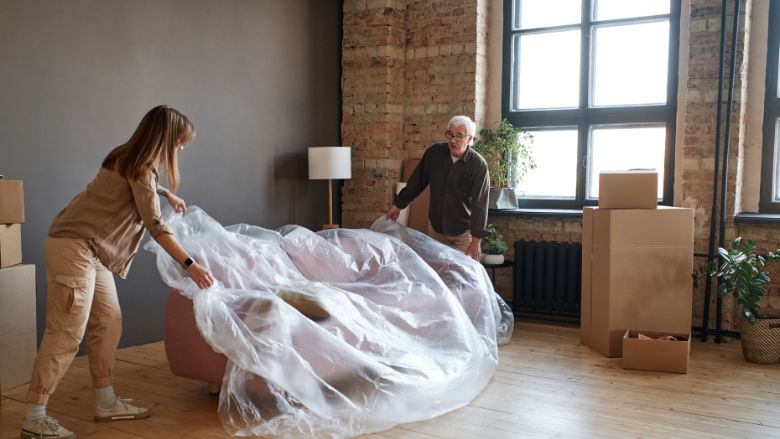
Credit: Martin Barraud / OJO Images
Challenge No. 2: Too much time is spent re-cleaning items in storage before they are returned to insured
Cause: Items are stored without being wrapped.
Solution: See No. 1. Establish a company policy that all contents are packed in such a way that all surfaces of all contents are wrapped.
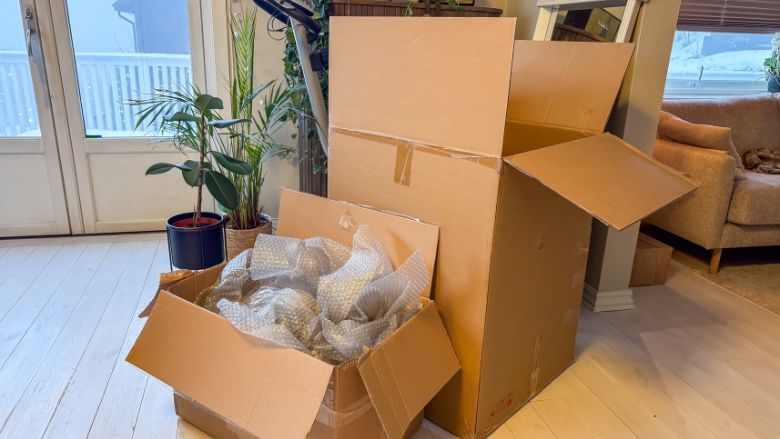
Credit: atiana Bolotina / iStock / Getty Images Plus
Challenge No. 3: Breakage of Contents
Cause: Improper packing methods, e.g.. packing heavy ceramics on top of delicate china.
Solution: Improve packing techniques. Develop and implement consistent company-wide packing procedures. Pack contents in small boxes, by categories. Pack like items together. Pack heavy contents on bottom and lighter items on top. Pack antique ceramic items in separate containers with “FRAGILE” labels. Handle contents with two hands. Use a packing station and minimize handling. Minimize unnecessary carrying of contents across the room. Set up a packing station close to the items to be packed. Line bottom of boxes with cushioning material. Fill voids in boxes so items do not shift. Do not over pack or under pack boxes. Ensure that box flaps close flat. No bulging. Create custom boxes for odd-shaped items.
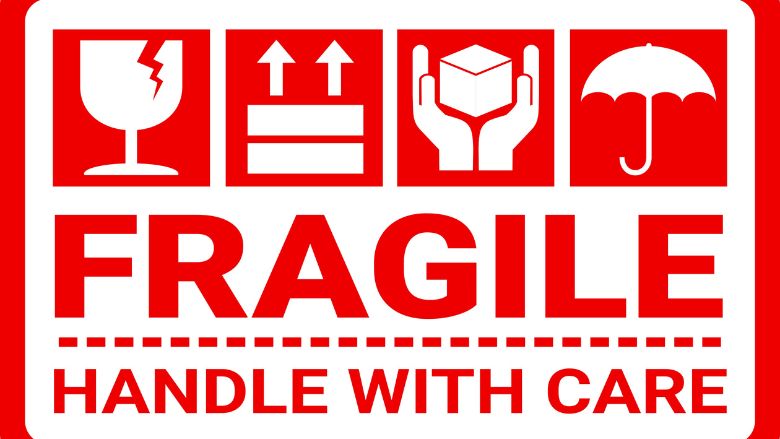
Credit: Abdurrohim Husain / iStock / Getty Images Plus
Challenge No. 4: Contents Delivered to Wrong Job
Cause: Lack of documentation, inventory and tracking systems.
Solution: Implement and consistently use an inventory system. The three main types are Handwritten, Digital Photo Inventory and Software-Based Bar Code system.
Handwritten inventories are often time consuming and limited by the skill level and attention to detail of the person writing the inventory. The supplies needed are inventory forms, which are filled in by hand and possibly transcribed into a spreadsheet.
Digital Photo Inventory is a system based on clearly marked labels and photographs. The only equipment needed is a digital camera.
Software-Based Bar Code systems allow detailed information to be entered and recorded. Photos can be attached, and bar codes are used to track contents. The equipment needed is usually a laptop computer, a bar code scanner and a digital camera.
Each system has its weaknesses and advantages. But any documentation is better than no documentation.
Photographic and/or video documentation creates supportive information to document the property where the items were located, including the room and piece of furniture that the items were taken from. The labels and bar codes allow you to track the items and return them to their proper owners.
A Realistic Approach
As with other areas of restoration expertise, company resources need to be devoted to contents processing. Modifications for a more-efficient facility layout will pay off. Investments in the proper packing supplies and contents processing equipments along with training and implementation of systems are vital.
When you look at your contents processing division, don't be discouraged if it seems like an overwhelming task to get it to the point you want it. Take baby steps, set goals and budgets, and monitor your progress, making adjustments along the way.
Looking for a reprint of this article?
From high-res PDFs to custom plaques, order your copy today!





